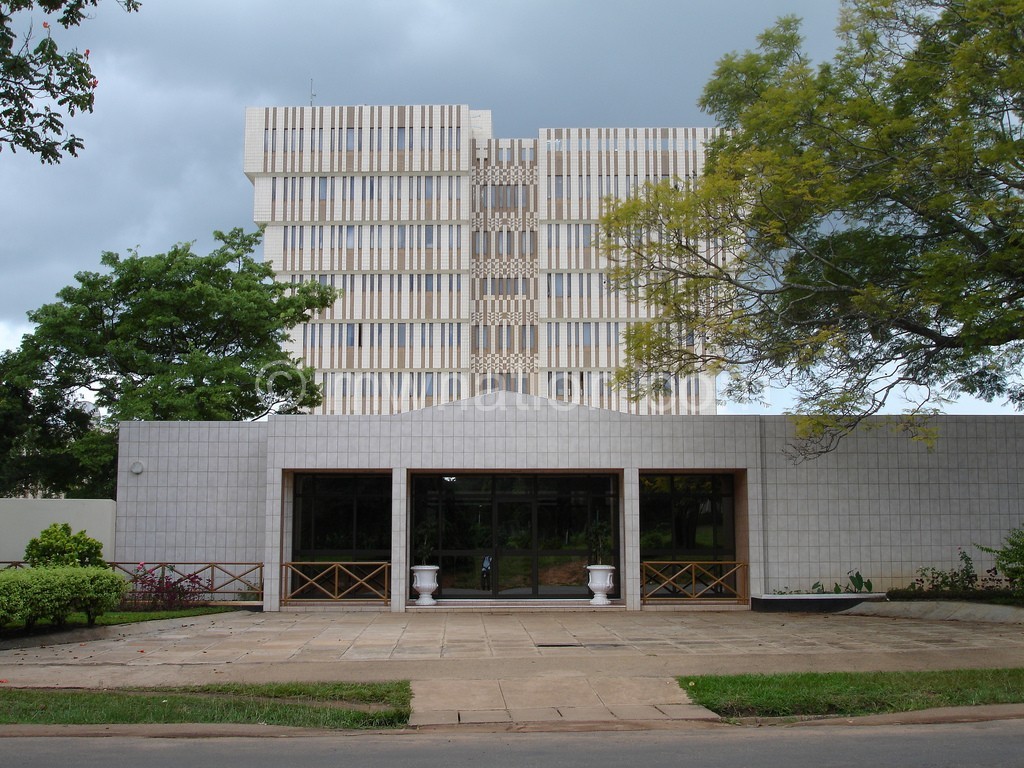Lombard facility usage eases, figures show
The usage of Lombard facility—a discount window borrowing for stressed commercial banks—seems to have eased, and monetary authorities attribute this feat to deliberate policies to contain certain macroeconomic variables.
However, a financial market analyst said on Thursday it could be that commercial banks had no liquidity in December; hence, borrowing heavily. He said the banks also had Treasury bills (T-bills) maturing and chose not to offload them.

Figures show that between December 2016 and January this year, Lombard facility—which is charged two percentage points above the policy rate currently at 24 percent—borrowing dropped by about 65 percent from an average of K14 billion per day in December 2016 to K4.65 billion per day in January.
Last week, liquidity levels rose to K3.93 billion a day from K1.73 billion a day the previous week.
RBM spokesperson Mbane Ngwira, in an interview last week, said the situation signals a clear improvement of banks’ liquidity or cash to meet their obligation.
He said: “The central bank has all along been mopping up excess liquidity by rolling over maturing securities on top of issuing new securities.
“Our strategy has been to contain certain macroeconomic variables in line with the growth prospects of the economy.”
The easing of borrowing on Lombard facility has also filtered to interbank borrowing—borrowing between banks—with figures showing that overnight borrowing between banks also dropped, according to the Reserve Bank of Malawi (RBM) figures.
Similarly, the overnight interbank market rate (IBR) also dropped by 18 basis points and closed at 22.7 percent, a situation which could also mean that liquidity issues are not an issue in commercial banks.
However, one financial market analyst who did not want to be named argued that the situation is mixed, saying several factors led to the slowdown in usage of the discount borrowing window.
He said it is possible that banks had liquidity challenges in December and heavily borrowed.
The analyst said some banks have T-bills maturing and choose not offload them, but rather use that liquidity for their operation.
“Usually at the end of each month, the banks ensure that when closing they make their accounts look good, and by so doing, they drain liquidity from the market.
“In so doing, most of the banks end up having no liquidity and cannot borrow from each other; hence, their only route becomes the central bank,” he said.
The analyst said this situation is a drain at the end of the month and an injection at the start of the month because come January, or start of the month, entities such as the Malawi Revenue Authority ( MRA) start accumulating taxes again where “we see now money circulating in the economy.”





